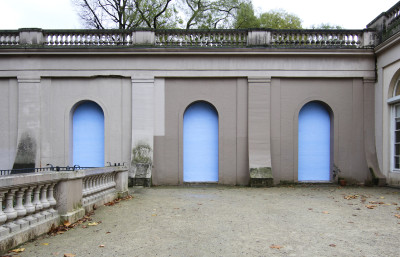
There, Here
The intervention There, Here takes up the round arches of the neo-baroque architecture at Körnerpark and opens up a dialogue between material, space and illusion.

The intervention There, Here takes up the round arches of the neo-baroque architecture at Körnerpark and opens up a dialogue between material, space and illusion.
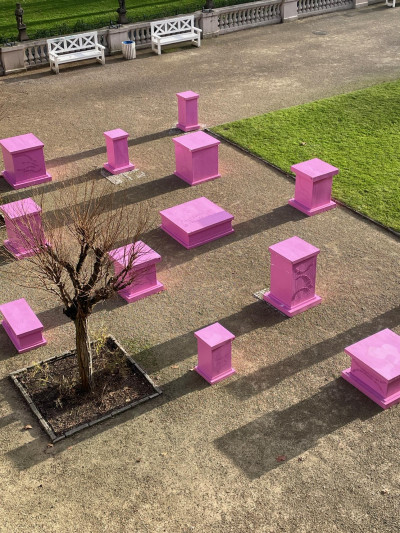
FALLING MONUMENTS? is an installation that focuses on the polyphony of the discourse surrounding historical monuments and invites visitors to form their own differentiated opinions.
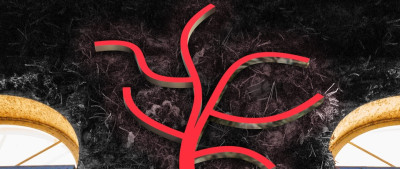
Veins of light grow on the facade of the Galerie im Körnerpark like vine tendrils, reflecting the heartbeat of Neukölln with pulsating red light and curved aluminum shapes.
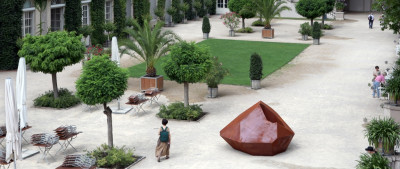
ST∆RDUST is the sculptural replica of a microscopic grain that fell to earth 25 years ago with a meteorite. The sculpture can be seen around the clock in the Körnerpark in front of the café.
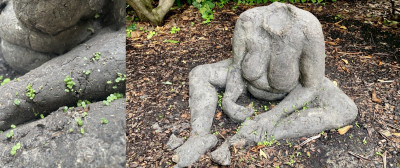
Scham is one piece from the series “Dreck in die Wunde”, which will grow over the next few weeks and consists of three exhibits throughout the west part of Körnerpark.
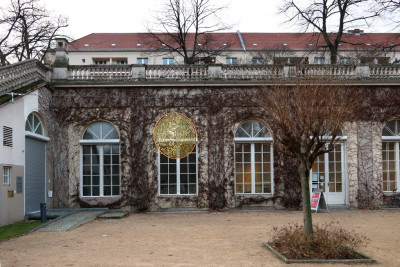
As a reference to the sun, which neither rises nor sets and shines even at night, the installation deals with the simultaneity of realities.
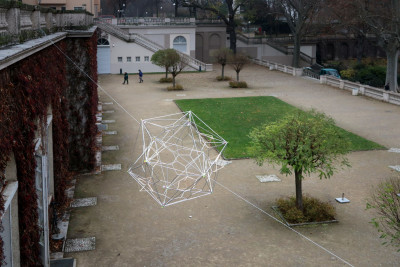
A gigantic pollen grain floats in the air in front of the gallery in Körnerpark. It is an oversized “plant aerosol.” The installation “Floating Pollen” brings pollen grains into macro focus – pollen circulates through the air, pollinates flowers and is inhaled by us.
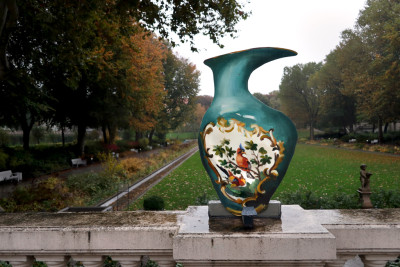
Inspired by the opulent ornamentation of the neo-baroque oasis, artists Maria and Natalia Petschatnikov created decorative flower vases painted with imaginative historical motifs to take the place of the plant pots on the balustrade out front.
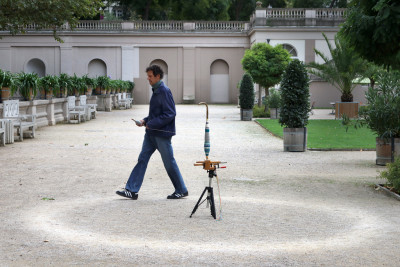
The performance “In a circle” reflects on our neoliberal economic system, which is geared towards pure profit maximization.

With “Creatures” artists and twin sisters Maria and Natalia Petschatnikov have developed a work marked by imagination and wit that elaborates parallels between art and science.